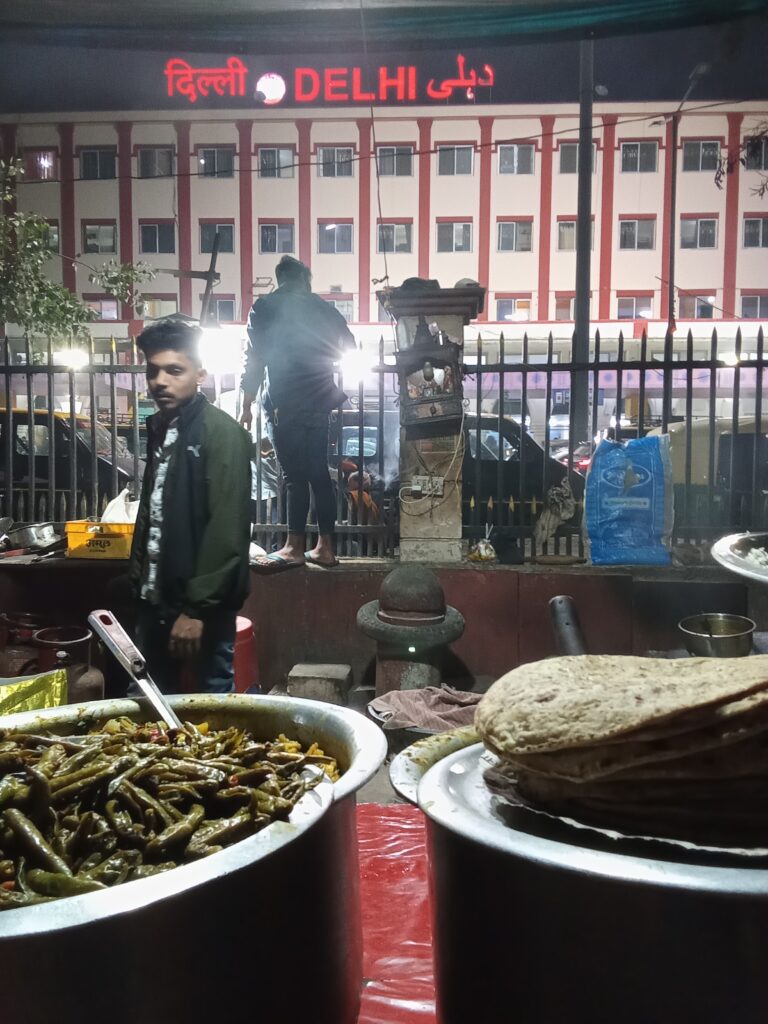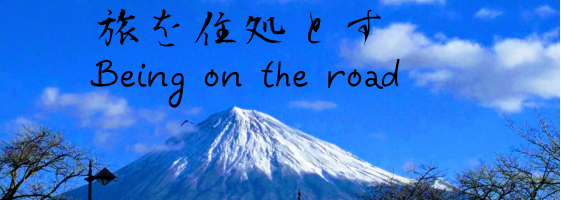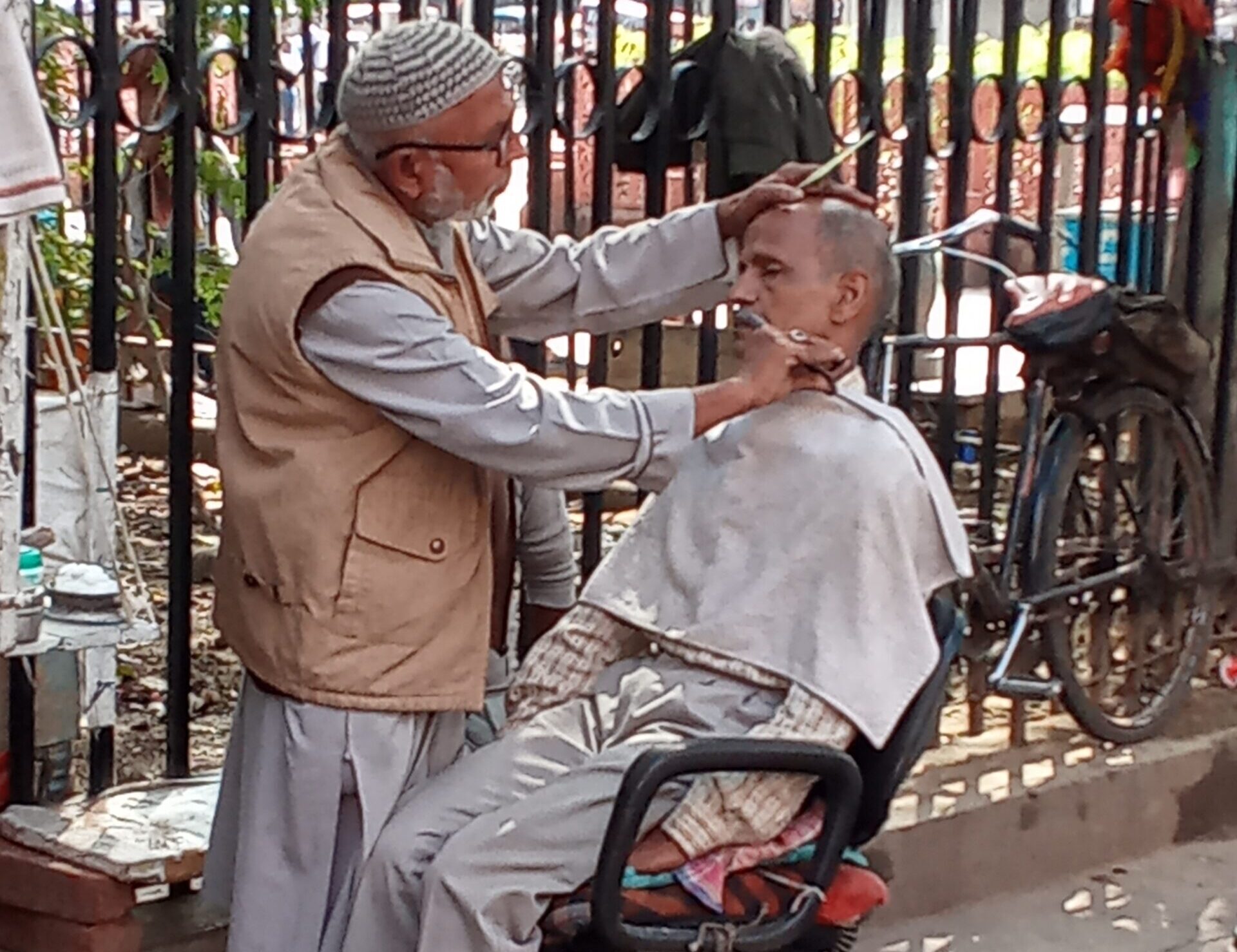In February 2024, I arrived at Delhi Airport late at night via Bangkok, Thailand. It was still dark at 4 AM when I reached the Old Delhi area, where I was staying, by Delhi Metro. Walking from the station to the hotel, street food stalls were already open, and auto-rickshaws were everywhere. I checked into the hotel amidst the blaring horns. I had heard that India is now an IT country, experiencing remarkable economic development and poised to surpass Japan. However, the next morning, the scenery of Delhi I witnessed felt like a journey back in time.
The First Day Shattered My Illusion of India as an IT Superpower and Economic Powerhouse
From the Airport to the City
I traveled from Indira Gandhi International Airport in Delhi to Old Delhi by subway. After passing through security checks for luggage, I had to wait in a long line to buy a ticket. The ticket I bought at the manned counter was a thin, receipt-like paper with a QR code printed on it. I scanned this at the ticket gate to enter. It was a system that left me wondering if it was analog or IT-driven. At the destination station, I had to scan the QR code again to exit the gate, but there were constant reading errors, causing congestion. Even after exiting, used tickets weren’t collected, so they were scattered all over the floor, making it very messy. There were no trash cans.
An Unexpected Hotel Check-in System
As usual, when I went to the hotel reception to check in, what was produced was a paper ledger! Even in so-called developing countries, I had always been checked in using a computer, so it was a shock to have to manually fill out a paper ledger at a hotel in India, an “IT superpower.” What’s more, they told me my passport would only be returned two hours later. This was truly surprising.
The Scenery That Emerged with Dawn
After it became bright, I left the hotel for some morning chai, and what I saw were street stalls lining the roads. Cows were pulling carts, people carried loads on their shoulders, and oxcarts emerged from narrow alleys. There were no convenience stores or supermarkets anywhere. This scenery, apart from the smartphone in my hand, reminded me of China during my travels 40 years ago.
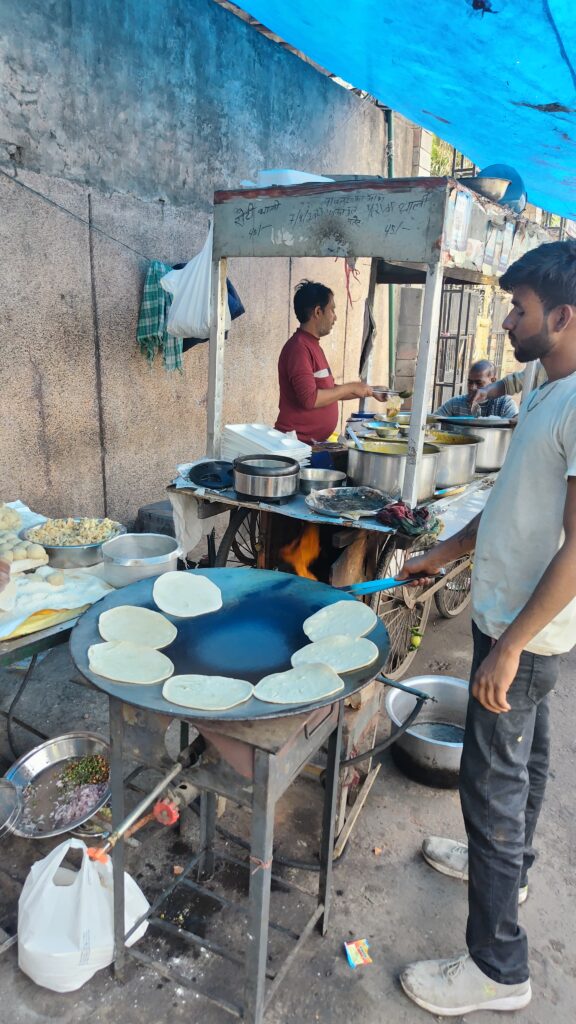
If you wanted to buy miscellaneous goods, you had no choice but to buy them from small general stores. Of course, there were no price tags, so I had to ask for the price of each item. There was a market district just off the main street of Old Delhi station, with shops selling clothes, general goods, and spices. In front of these shops, there were food stalls offering cheap chai and light meals.
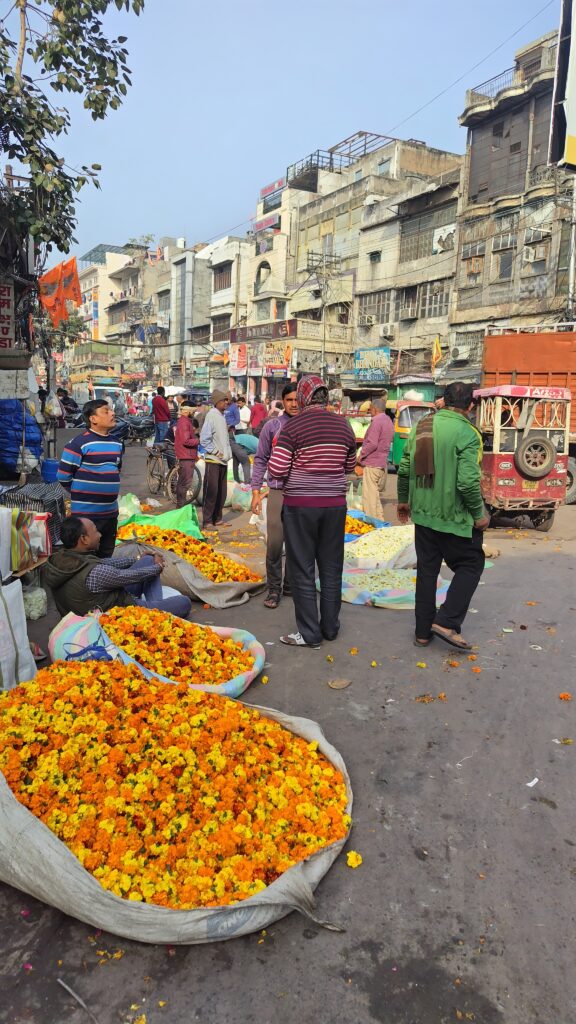
Nighttime Streetscape
Even at night, without neon lights, the entire city was dark. Street stalls operated by the light of bare bulbs, so I had to eat in the dimness. Since it was February, it quickly got dark after 6 PM. The food stalls were more lively in the evening than in the morning or daytime, and everyone quietly ate in the dark. This atmosphere became quite comfortable once I got used to it. Eating standing side-by-side with local Indians made me feel like an experienced traveler. The only brightly lit place in this area was probably inside the Old Delhi station. After dinner in the evening, it became my routine to take a stroll into the station and simply relax alongside the people lying down in the waiting room.
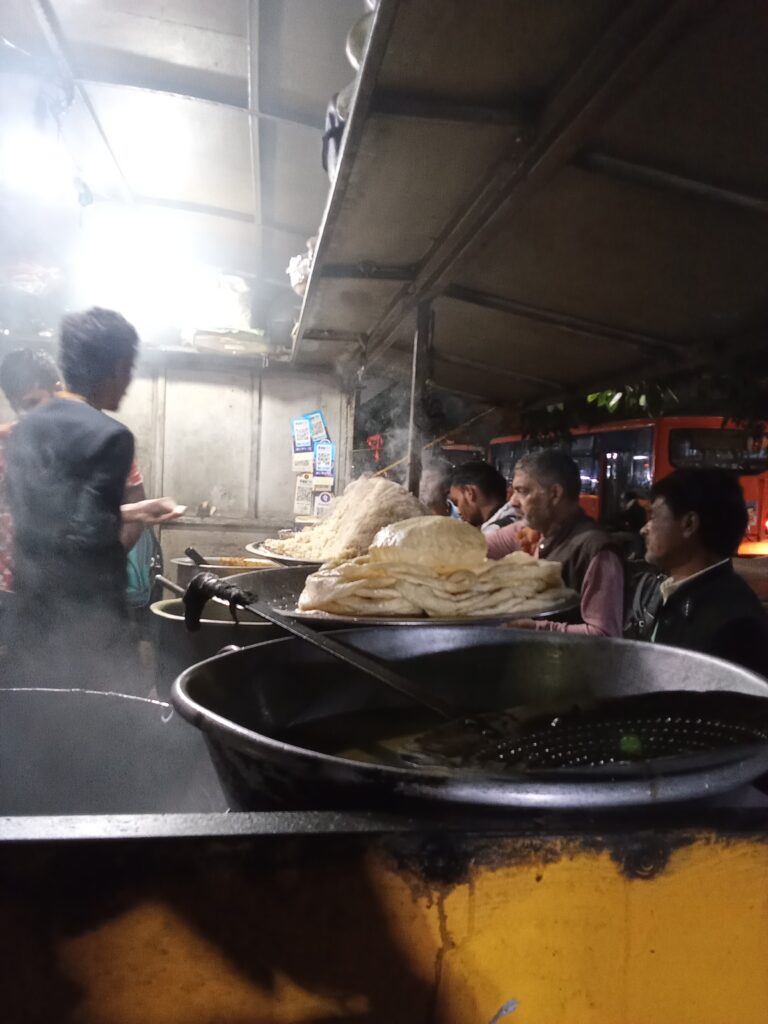
Later, I had the opportunity to visit New Delhi, but there were no high-rise buildings there either, and it was just a bit more crowded with street stalls and cars than Old Delhi. Where was the “IT superpower India” that I had envisioned while in Japan? I hope you all get a chance to experience this atmosphere if you visit Delhi.
